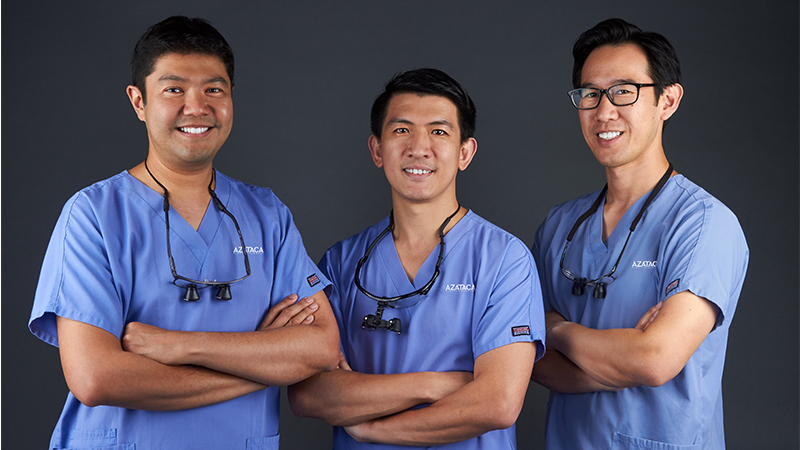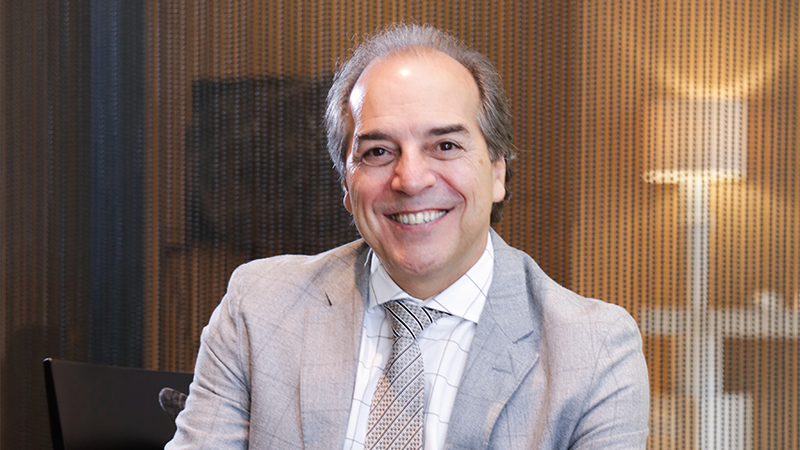Who’s doing plastic surgery in Singapore these days? We talk to a couple of plastic surgeons about trends in cosmetic surgery and what their area of expertise is.
Women have long been the main consumers of plastic surgery. But that’s changing fast, and often for similar reasons: ageism is a big one for both sexes. Several high-powered businesswomen friends of mine admit to undergoing cosmetic surgery and rejuvenation procedures – and never revealing their age – not for vanity alone, but more to protect their well-paid careers. However, men face the same pressures. Plastic surgery for men is on the increase as some feel the need to look younger in a competitive work space where they may be up against younger men. Plastic surgeons often focus on facial rejuvenation or hair implants when it comes to treatments for men – but there’s no reason to stop at the Adam’s apple.
In case you’re interested in talking to someone about something you don’t feel comfortable with, here are details of a couple of plastic surgeons in Singapore. By the way, the term “plastic” surgery has nothing to do with the material we call plastic. In fact, it comes from the ancient Greek word ‘plastikos’, meaning to mould or give shape.
AZATACA Plastic Surgery
Three plastic surgeons and longtime university friends teamed up to establish AZATACA in 2017. Dr Terence Goh, Dr Christopher Chui and Dr Mohamed Zulfikar Rasheed were originally from Singapore General Hospital. AZATACA Plastic Surgery was conceptualised to allow them to continue serving their patients with dedicated attention in a comfortable environment.
They are experienced in both cosmetic surgery and reconstructive surgery. Regular plastic surgery procedures carried out include facelifts, fillers, lip augmentation or reduction, facial contouring, hair transplants, double eyelid surgery, eye bag surgery, ear surgery, breast lift and augmentation, breast reconstruction and tummy tucks.
What are some current plastic surgery trends?
We are finding the main theme these days is ‘just wanting to look like myself, but younger.’ We can tailor treatments or procedures that aim to restore youthful beauty without changing anything dramatically.
Breast augmentation, breast implant revision, breast lift or mastopexy, nipple reduction and fat transfer for breast augmentation are all in regular demand. Any plastic surgery procedures for fixing up old implants or for more medical reasons breast reduction surgery to avoid discomfort are still very popular. We also create double eyelid folds, as well as removal of eyebags and excess eyelid skin removal. Common cosmetic surgery still includes rhinoplasty or ‘nose jobs’.
Book a consultation to discuss any further questions with these plastic surgeons in Singapore.
AZATACA Plastic Surgery Centre
#14-09 Royal Square Medical Centre
AZATACA Plastic Surgery
#03-17 Gleneagles Medical Centre
6778 8648 | azataca.com
Dr Marco Faria Correa Plastic Surgery
Singapore-based Brazilian plastic surgeon Dr Marco has international experience in Asia, America, Middle East and Latin America spreading over 35 years. He has a special interest in minimally-invasive robotic plastic surgery specialising in tummy tucks, mummy makeovers and men’s plastic surgery.
What are some current plastic surgery trends?
Apart from face and neck lifts, men are increasingly interested in body recontouring. One of his most requested procedures when it comes to plastic surgery for men is the reduction of ‘man boobs’, or gynaecomastia, to achieve a more manly chest.
This condition is common in men of any age, and the plastic surgery is individually customised to each patient. Our treatment aims to reduce overly developed male breasts and nipples. A man’s decision to undergo surgery is extremely personal, and it’s important from the start for him to understand whether it will help him achieve the outcome he’s looking for.
Our two main techniques for this procedure are liposuction, which may be enough if the primary problem is excess fatty tissue; and excision, if we need to remove glandular breast tissue or excess skin.
Book a consultation to discuss any further questions with this plastic surgeon in Singapore.
Dr Marco
#10-26/27 Mount Elizabeth Novena Specialist Centre, 38 Irrawaddy Road
6464 8075 | drmarco.com
Fact File: The history of plastic surgery
Citizens of the ancient civilisations that first dabbled in plastic surgery were a lot like us in their quest for beauty. They, however, didn’t have to deal with social media and the relentless pressure to be Insta-perfect. Take the famously stunning Queen Cleopatra (BCE 69- 30), for example. Relatively few people would ever have seen her up close, right? Let alone trolled her about her prominent nose, or the likely spottiness of a complexion bathed in full-fat asses’ milk.
Plastic surgery has been around for ages. One Ancient Egyptian medical textbook includes details of nose reconstruction, and as far back as 6th-century India, physicians were already doing something very like today’s nose-jobs. By the fourth century, Chinese doctors were surgically removing excess skin around the eyes, the first blepharoplasty procedures. They also performed some of the earliest recorded cleft-lip repairs. Incredible!
Common and uncommon plastic or cosmetic surgery
Most of us have at least heard of the most popular plastic surgeries. Depending who’s doing the counting, breast augmentation, liposuction and nose-reshaping top the list, followed by eyelid surgery, tummy tucks, labiaplasty and facelifts. They’re increasingly accepted as a normal part of life.
Way back in the 20th century, a childhood friend of mine was given a nose job for her 16th birthday; and, for a while there, my parents seriously considered having my sister’s sticky-out ears pinned back. Fortunately, she grew into them. (More or less.)
Just for fun, here’s a list of more fringe plastic surgery procedures to consider.
- Hankering after a six-pack but can’t be bothered hiting the gym? High-def liposculpture combines liposuction and skin shrinkage to carve out the washboard abs of your dreams.
- Umbilicoplasty changes the shape of your belly-button, transforming an “outie” into an “innie”, or vice-versa.
- In Japan, you can have your palm-lines redrawn. For people who believe in palm-reading, this is supposed to promote a happier future and a luckier life in general.
- Wish you looked a whole lot cuter? Opt for a dimpleplasty, which means exactly what it sounds like.
This article on plastic surgeons in Singapore first appeared in the April 2023 edition of Expat Living. You can purchase the latest issue or subscribe so you never miss a copy.
To make the most of living in Singapore, read our latest City Guide here for free!
Don't miss out on the latest events, news and
competitions by signing up to our newsletter!
By signing up, you'll receive our weekly newsletter and offers which you can update or unsubscribe to anytime.


